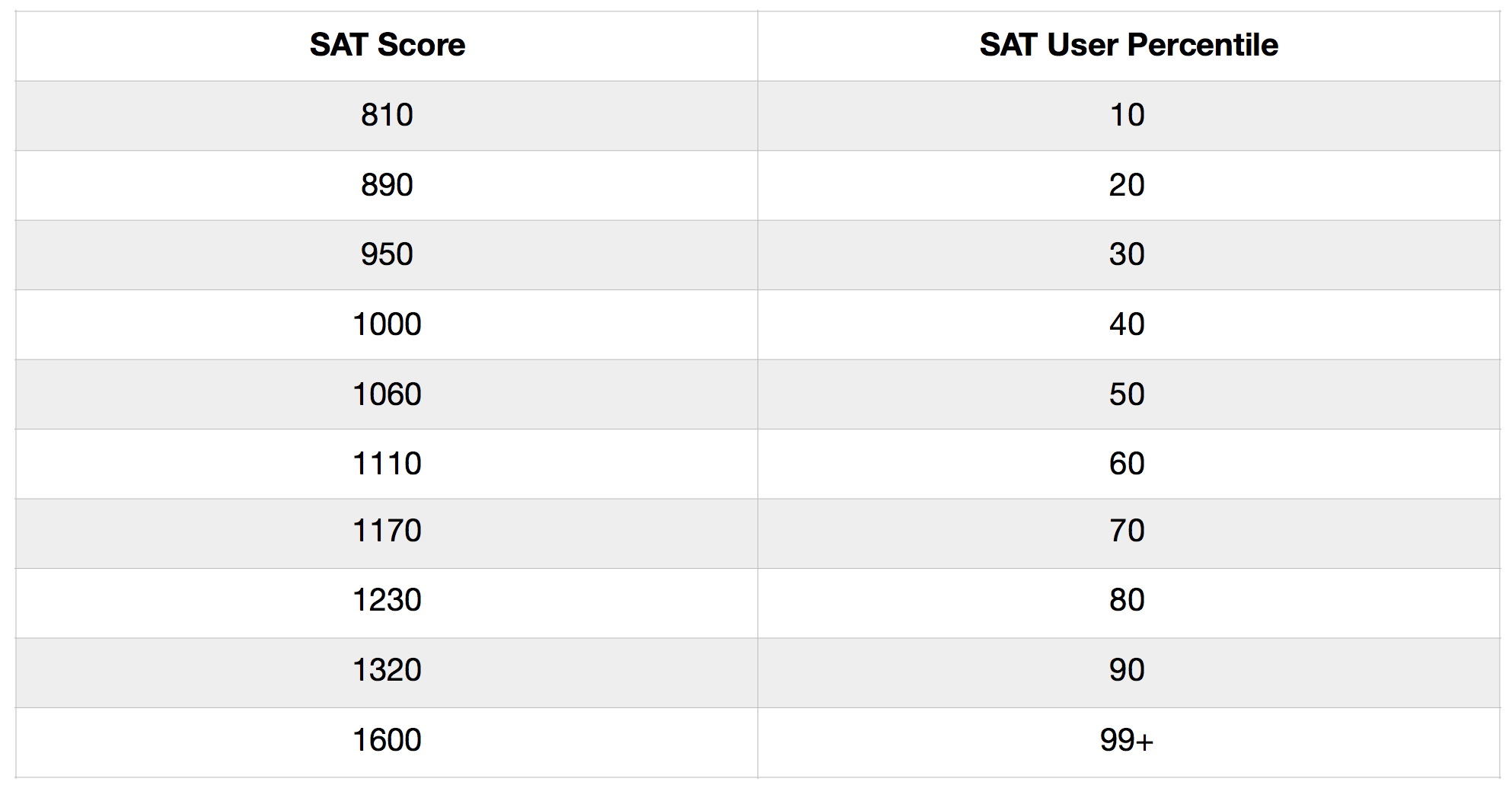What is a good SAT score in 2018?
One question that we at Edbrand hear a lot is “What is a good SAT score?” Many students are anxious to know how their scores stack up or really want to have a concrete target score in mind when they go into test day. It’s only natural that you’d want to know what a qualifies as a “good” score.
While we would like to be able to offer a more concrete answer, the question isn’t actually so cut and dry. Instead, what qualifies as a good SAT score depends on a number of different factors. Some students are interested to know what scores will place them in certain national percentiles. Other students are focused on getting into a specific college or even a particular program. In all of these instances, a good SAT score will have a different meaning.
In this post, we’ll break down this seemingly simple question into a number of different angles so that we have an answer for nearly every student. If you’re interested to find out what a good SAT score might look like for you, keep reading.
What is the Distribution of SAT Scores Like Most Recently?
One way to think about a “good” SAT score is by considering where it places you amongst other students who took the SAT this year. By looking at percentiles, we’re able to get a pretty good idea of how your SAT score stacks up to the national average.
Have a peek at the table below. In it, you’ll notice that scores are listed alongside percentiles. Percentiles represent the actual national average percentile of 2017 graduating students who scored below that particular score on the new SAT.
SAT Score Percentiles for 2017
National SAT Percentile Scores
As you can see, if you scored a 1320, that score places you close to the 90th percentile. This means that nearly 90% of students who graduated in 2017 scored below you. Not bad!
There are a few other things worth noting as you review this table too. First, in order to place in the top 50% of national test takers in 2017, you would have needed to score a 1060. This means that if you scored 1060 or above, you scored better than half the students who took the SAT that year. This places you above average and by some standards could qualify as a good SAT score.
If your standards are different and you are shooting for the top 30%, you can check the 70th percentile score and find that those scores are in the 1170 range. For students who want to place in the top 30% of test-takers, a score of 1170 might be the magic number to qualify as a “good” score.
What SAT Score Do I Need to Get Into a Good College?
For some students, though, simply knowing the percentile isn’t enough. Many students want to know if their score is “good enough” to get into a specific college.
Again, this question is especially difficult to answer for a few different reasons. For one, there is no minimum SAT score required at any of the most selective colleges, so simply scoring highly on the SAT is not enough to ensure admission. Similarly, you could perform quite poorly on the SAT and still be offered a seat in the freshman class if you are able to impress the admissions committee in a number of different ways.
Next, what qualifies as a good college to one student may not meet another student’s standards. For this reason, it’s better to ask about specific colleges than to focus on a bigger generalization.
How Can I Find Out If My Score Is Good Enough For a Particular School?
There is a lot of SAT score data available online. Most colleges publish information about the SAT scores of admitted students, so it is easily available to potential applicants like yourself. One simple way to access it is through the CollegeBoard Big Future website which allows you to search by school and see various data points about each school.
In order to find out how your score stacks up at a specific school, you’ll need to find where your score places you amongst admitted students. While there won’t be a list of SAT scores from every single student, there will be a list of percentiles particular to that specific school, usually rounded off to 25%, 50%, and 75%.
In general, we recommend that for safety schools, your SAT score should fall within the 75% percentile, meaning that it is above 75% of scores from admitted students. For target schools, your score should fall between 50-75% and for reach schools, your score should fall at least within the 25% to give you at least a decent shot at getting in.
Sometimes, though, average SAT scores can be a little confusing or even deceiving. For some schools, and especially for specific programs within a school, SAT scores might be skewed so that average composite scores only show part of the picture.
For example, when applying to a selective engineering program like the one at MIT, a student might have a perfect 800 on the Math section of the SAT but only a 550 on the Reading and Writing sections. The cumulative score of 1350 in this case might lead someone to believe that a 680 is roughly a strong contender on the Math section, when in reality the average score on this section accounts for more than half the composite average.
Keep a lookout on our blog for more info on test prep; both SATs and ACTs all this month!

